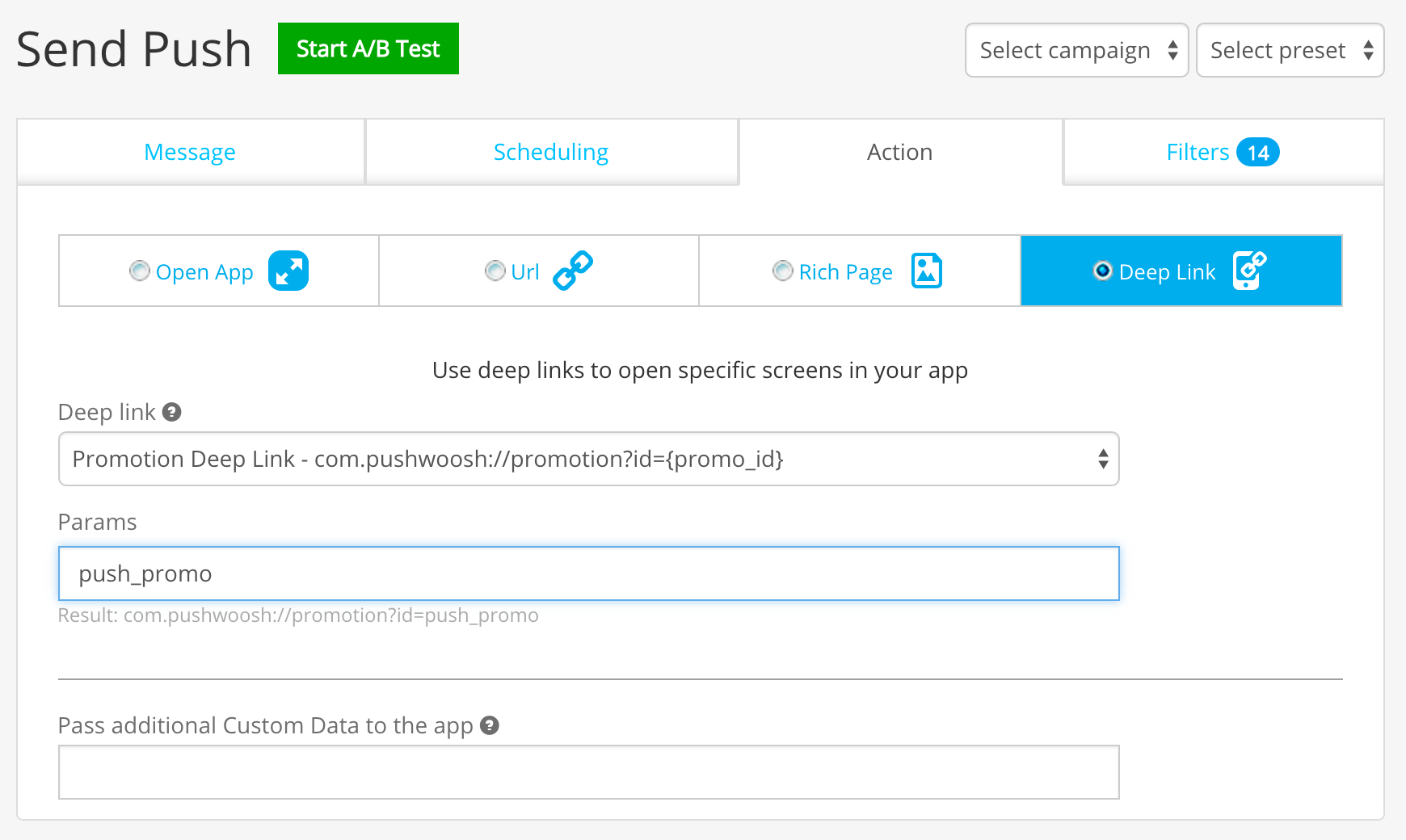Deep Hot Linking: What It Is, How It Works, And Why It Matters
Deep hot linking might sound like a tech term straight out of a sci-fi movie, but it's actually a pretty common practice on the web today. Imagine someone directly linking to an image or file on your website without your permission. That's deep hot linking in action. It's like someone borrowing your stuff without asking, and in some cases, it can cause serious problems for your site's performance and security.
Let’s break this down a bit further. Deep hot linking happens when a third-party website embeds content from another site directly into their own. This means they're not hosting the content themselves but instead pulling it from someone else's server. Sounds convenient, right? Well, not exactly. For the original content creator, this can lead to bandwidth theft, copyright violations, and even potential security risks.
So why should you care about deep hot linking? If you're running a website or managing digital assets, understanding how it works—and how to protect yourself—can save you a ton of headaches. In this article, we'll dive deep into what deep hot linking is, its implications, and how you can safeguard your site. Think of it as a digital self-defense guide for your online presence.
Read also:Bring It On Or Nothing The Ultimate Guide To Taking Your Life To The Next Level
What Exactly Is Deep Hot Linking?
Deep hot linking, sometimes referred to as "inline linking" or "direct linking," occurs when someone embeds content from another website directly into their own. Instead of downloading and hosting the file themselves, they create a link that points directly to the original source. This is often done with images, videos, or other media files.
Here's a simple example: Let's say you have a beautiful image on your website. Someone else likes it so much that they decide to use it on their site. Instead of saving the image and uploading it to their own server, they simply link to your version of the image. Every time someone visits their site, the image is loaded from your server. This might seem harmless, but it can cause issues over time.
For one, it drains your bandwidth because every visitor to their site is using your server resources. Secondly, it raises questions about copyright and intellectual property. Lastly, if the other site isn't secure, it could expose your server to potential vulnerabilities. So yeah, it's not all sunshine and rainbows.
Why Is Deep Hot Linking a Problem?
Now that we know what deep hot linking is, let's talk about why it's such a big deal. There are several reasons why this practice can cause problems for both the original content creator and the web at large.
First off, there's the issue of bandwidth theft. When someone deep hot links to your content, they're essentially using your server resources for free. If you're paying for hosting, this can quickly add up and cost you extra money. Plus, if too many people are deep hot linking to your site, it could slow down your server and affect the performance of your own pages.
Then there's the copyright concern. Just because someone can link to your content doesn't mean they have the right to do so. If you've spent time and effort creating original media, you deserve to control how it's used. Deep hot linking bypasses this control and can lead to misuse of your intellectual property.
Read also:Patricia Noah The Rising Star Whos Capturing Hearts Worldwide
Finally, there's the security aspect. If the site linking to your content is compromised or malicious, it could expose your server to potential attacks. This is especially true if the other site is using outdated or vulnerable software. So yeah, deep hot linking isn't just a nuisance—it's a real threat to your site's health.
How Does Deep Hot Linking Work?
Now let's get into the technical side of things. When someone deep hot links to your content, they're essentially embedding a direct link to your file in their HTML code. This could look something like this:

In this example, the image is being pulled directly from your server every time someone visits the other site. The browser doesn't care where the image is coming from—it just loads it as part of the page. This makes deep hot linking easy to implement but also easy to abuse.
It's important to note that deep hot linking isn't always malicious. Sometimes, people might do it without even realizing the implications. Maybe they thought it was okay to use your content or didn't know how to properly host files themselves. Regardless of intent, the impact on your site remains the same.
Common Targets for Deep Hot Linking
So what kinds of content are most commonly targeted by deep hot linkers? Here are a few examples:
- Images: High-resolution photos and graphics are prime targets for deep hot linking. They're easy to embed and can make a site look more visually appealing.
- Videos: Streaming videos can be bandwidth-heavy, so some sites might deep hot link to video files hosted elsewhere to save on costs.
- Documents: PDFs, Word files, and other downloadable content are also frequently deep hot linked. This can be especially problematic if the documents contain sensitive or proprietary information.
- Scripts: JavaScript and CSS files are sometimes deep hot linked to improve site performance or avoid hosting costs. However, this can lead to dependency issues if the original files are updated or removed.
Who Uses Deep Hot Linking?
Believe it or not, deep hot linking isn't just limited to shady websites or scammers. Even reputable sites can fall into this trap, either intentionally or unintentionally. Here are a few examples of who might use deep hot linking:
- Content Aggregators: Sites that collect and display content from multiple sources might deep hot link to images or videos to save on hosting costs.
- Bloggers: Some bloggers might deep hot link to images or files to avoid the hassle of hosting them themselves. While this might seem convenient, it can cause problems for the original content creator.
- Developers: Developers working on quick prototypes or testing environments might deep hot link to external resources to speed up development. However, this can lead to issues if the links are left in production code.
Of course, there are also malicious actors who use deep hot linking for nefarious purposes. These could include hackers, spammers, or sites trying to exploit vulnerabilities in other servers. It's important to be aware of these risks and take steps to protect your site.
How to Detect Deep Hot Linking
Okay, so deep hot linking is a problem. But how do you know if someone is doing it to your site? Here are a few methods you can use to detect deep hot linking:
Check Your Server Logs
Your server logs can provide valuable insights into who's accessing your files and from where. Look for requests coming from unfamiliar domains or IP addresses. If you see a lot of traffic from a single site that's not yours, it could be a sign of deep hot linking.
Use Tools Like Google Analytics
Google Analytics and other web analytics tools can help you track where your traffic is coming from. If you notice a lot of referrals from unknown sites, it might be worth investigating further. You can also set up alerts to notify you of unusual activity.
Monitor Your Bandwidth Usage
Unexpected spikes in bandwidth usage can be another indicator of deep hot linking. If your hosting provider offers usage monitoring, keep an eye on your stats. If you notice a sudden increase, it could be time to investigate.
How to Prevent Deep Hot Linking
Now that you know how to detect deep hot linking, let's talk about how to prevent it. Here are a few strategies you can use to protect your site:
Use Hot Link Protection
Most web hosting platforms offer hot link protection as part of their security features. This allows you to block requests from unauthorized domains. To enable hot link protection, you'll usually need to configure your .htaccess file or use your hosting control panel.
Set Referrer Restrictions
Another way to prevent deep hot linking is to set referrer restrictions. This involves configuring your server to only allow requests from specific domains. For example, you could block all requests that don't come from your own site or trusted partners.
Watermark Your Content
Adding watermarks to your images and videos can make them less appealing to deep hot linkers. While it won't stop them completely, it can discourage casual users from embedding your content without permission.
Legal Implications of Deep Hot Linking
Deep hot linking isn't just a technical issue—it can also have legal implications. Depending on where you're located and the nature of your content, deep hot linking could violate copyright laws or other regulations.
In many jurisdictions, embedding someone else's content without permission is considered a form of copyright infringement. This is especially true if the content is protected by a license or terms of use. Even if the deep hot linker claims they're not hosting the content themselves, they could still be held liable for using it without authorization.
Additionally, deep hot linking could expose you to other legal risks, such as trademark violations or unfair competition claims. If someone is using your content in a way that damages your reputation or business, you might have grounds for legal action.
Alternatives to Deep Hot Linking
So if deep hot linking is such a bad idea, what are the alternatives? Here are a few options you can consider:
Download and Host the Content Yourself
The most straightforward solution is to download the content and host it on your own server. This gives you full control over how it's used and ensures you're not relying on someone else's resources. Just make sure you have the necessary permissions to use the content in this way.
Use Content Delivery Networks (CDNs)
CDNs are designed to distribute content across multiple servers, reducing the load on any single server. If you're worried about bandwidth usage, using a CDN can help you manage your resources more efficiently. Plus, many CDNs offer built-in security features to protect against deep hot linking.
Embed Content Using APIs
Some services offer APIs that allow you to embed content in a secure and controlled way. For example, you might use YouTube's API to embed videos on your site without directly linking to the files. This approach ensures you're following the service's terms of use and reduces the risk of deep hot linking.
Conclusion
Deep hot linking might seem like a minor issue, but it can have serious consequences for your site's performance, security, and legal standing. By understanding how it works and taking steps to prevent it, you can protect your digital assets and ensure your site remains healthy and secure.
So what should you do next? Start by checking your server logs and analytics for signs of deep hot linking. Then, consider implementing hot link protection or other security measures to block unauthorized access. And don't forget to educate yourself and your team about the risks and implications of deep hot linking.
Got any questions or tips on dealing with deep hot linking? Drop a comment below and let's keep the conversation going. And if you found this article helpful, be sure to share it with your friends and colleagues. Together, we can make the web a safer and more respectful place for everyone.
Table of Contents
Article Recommendations


